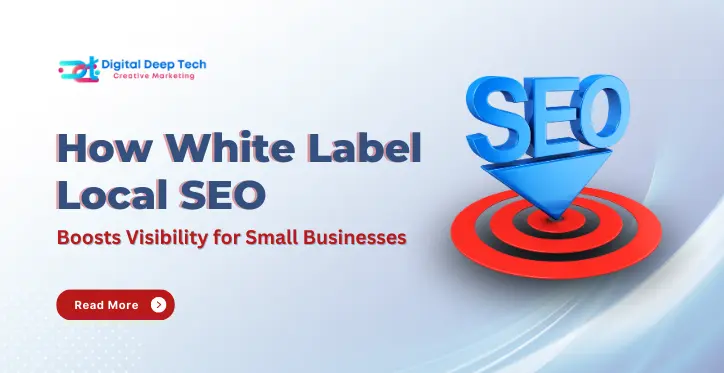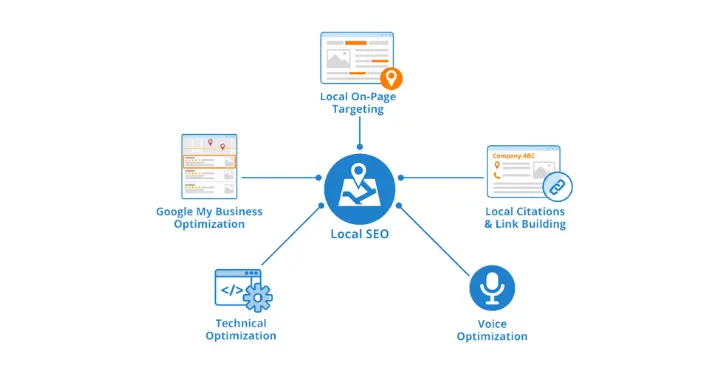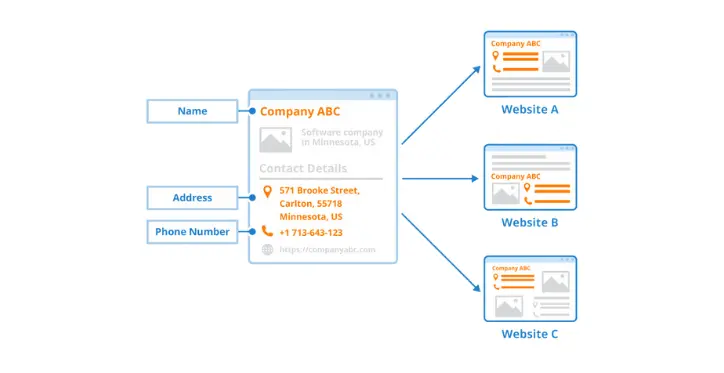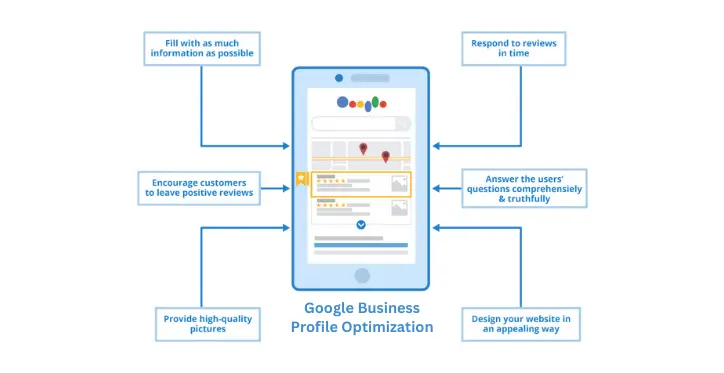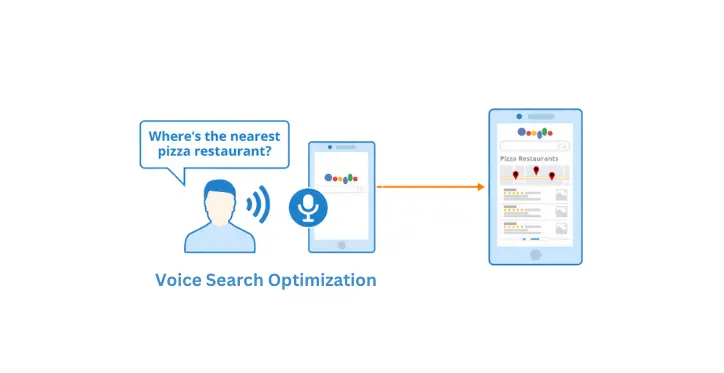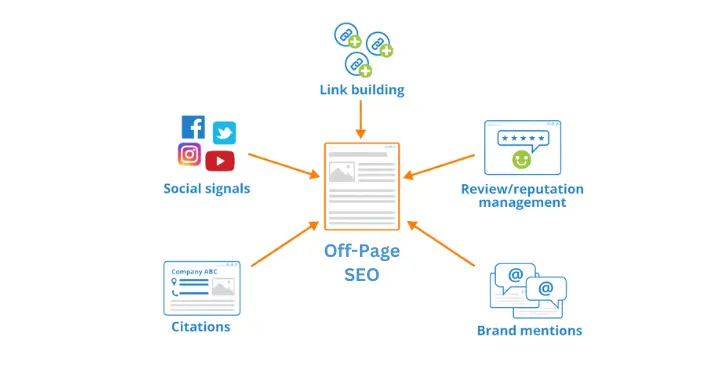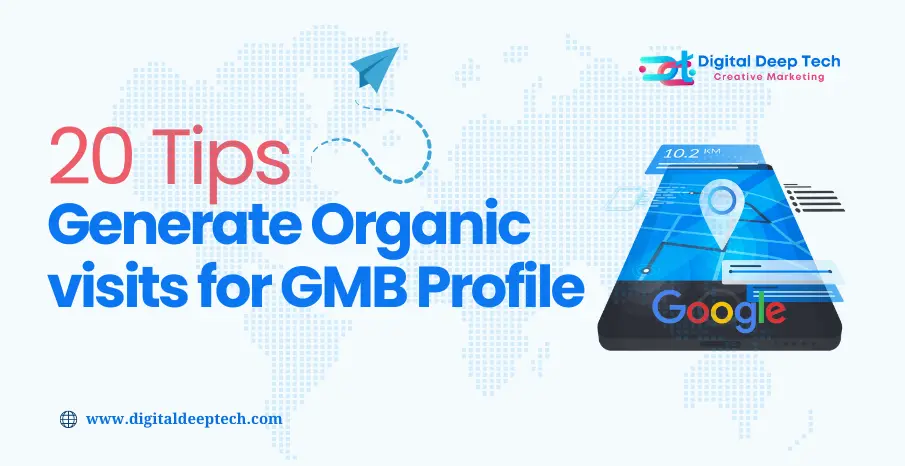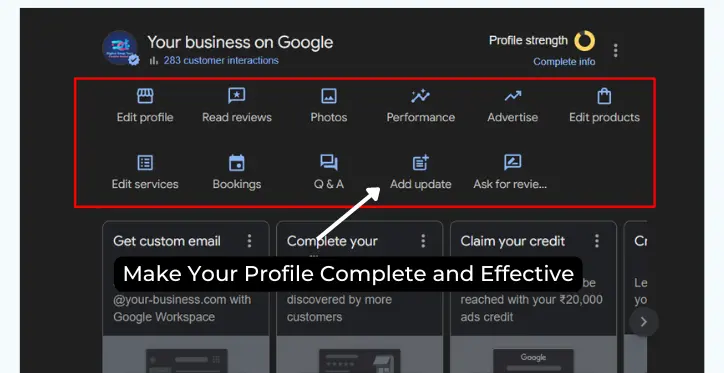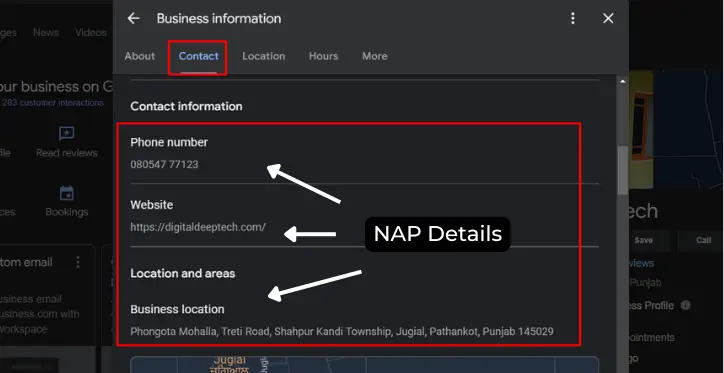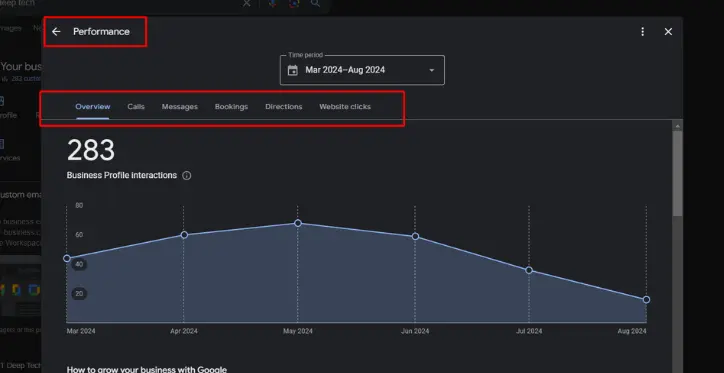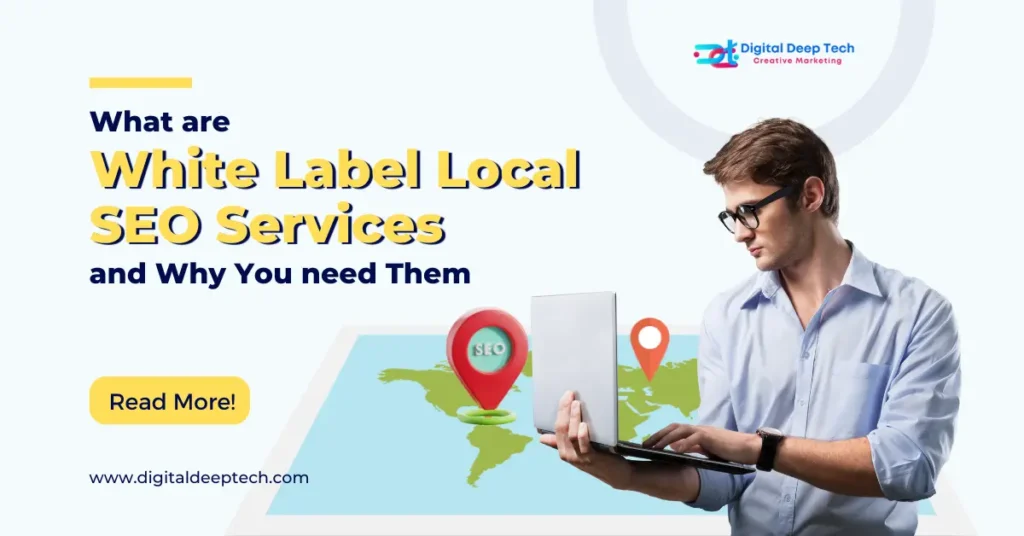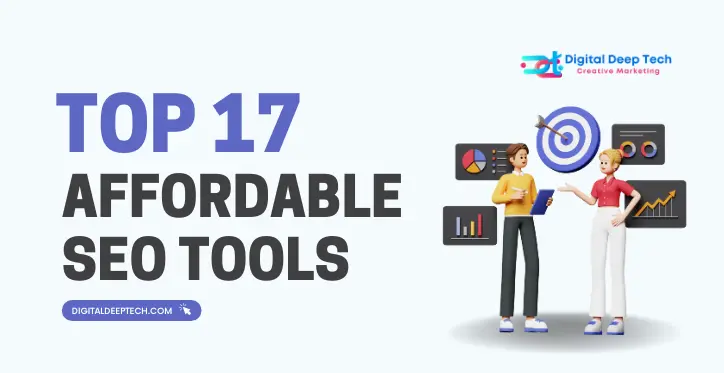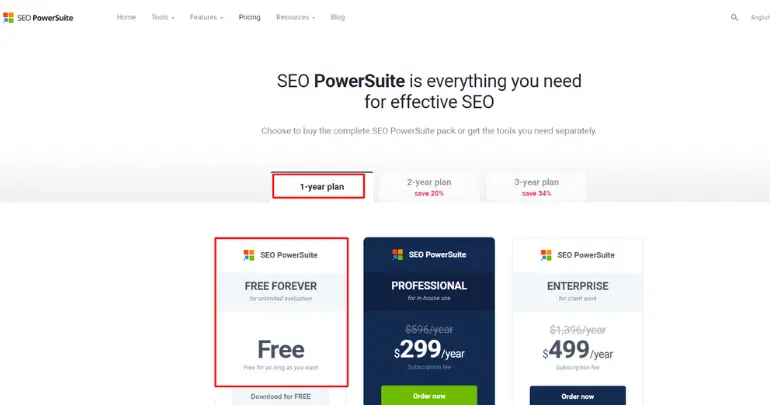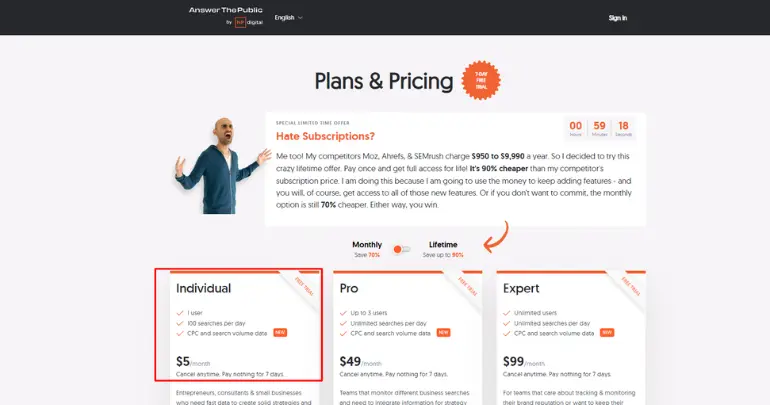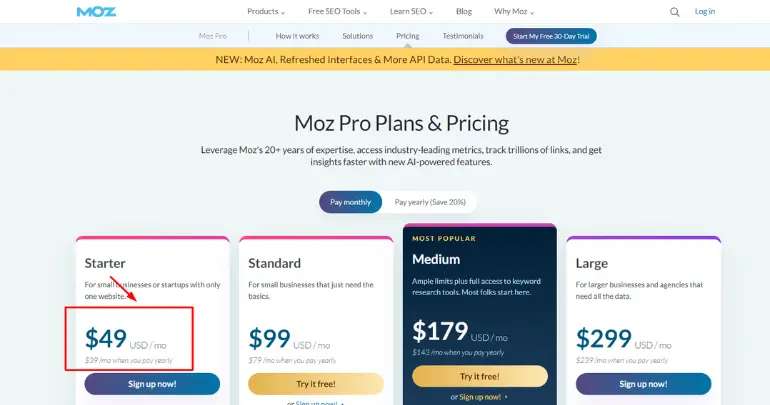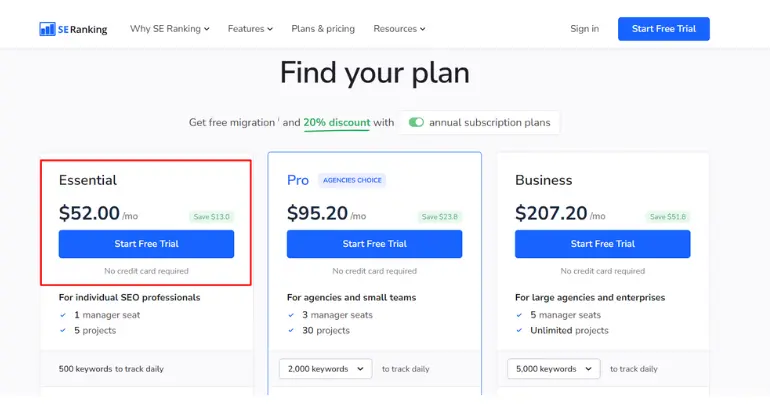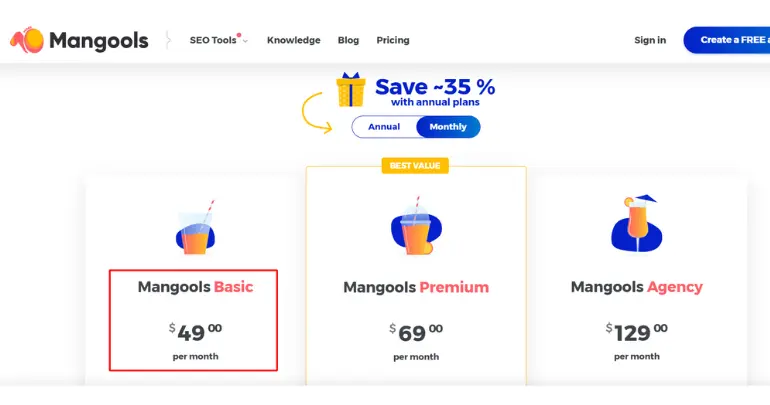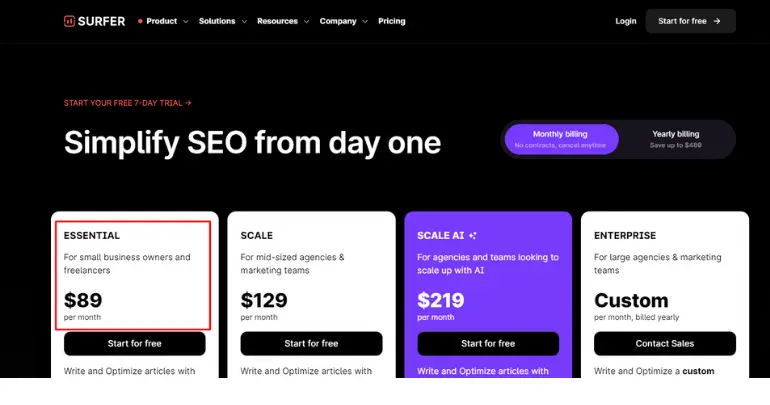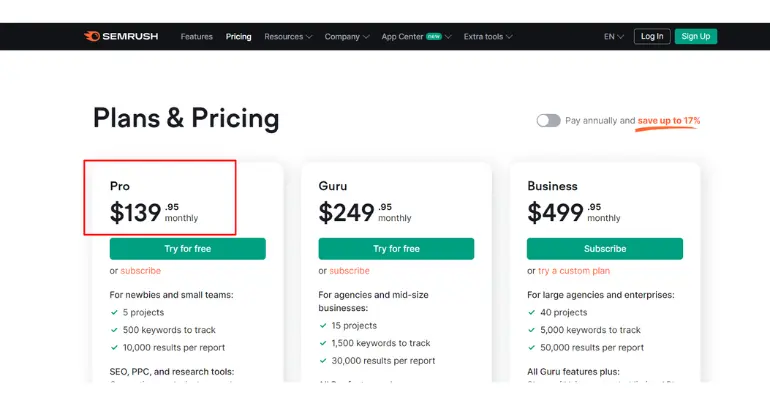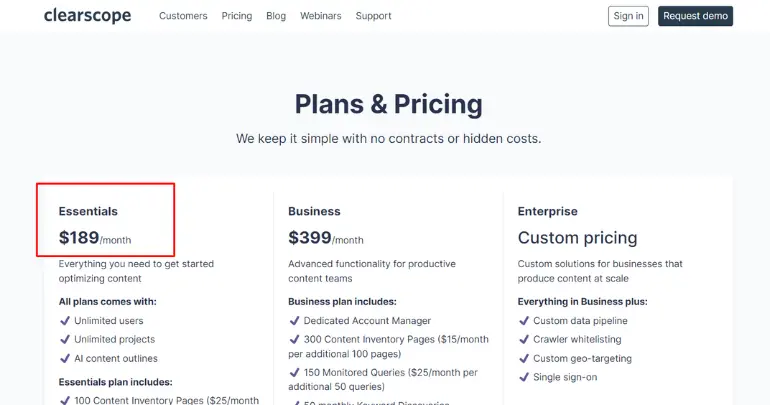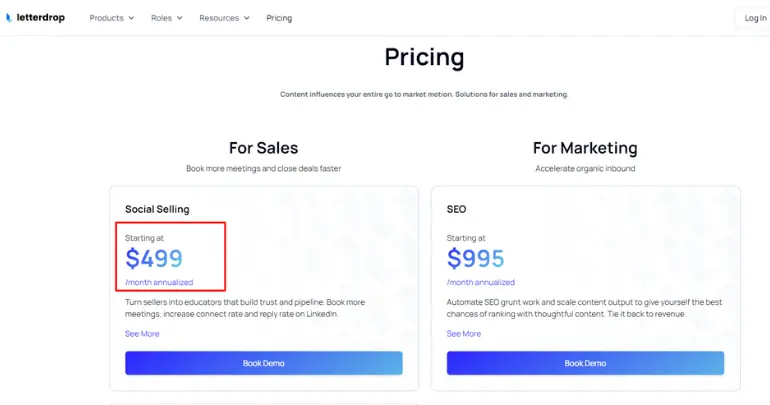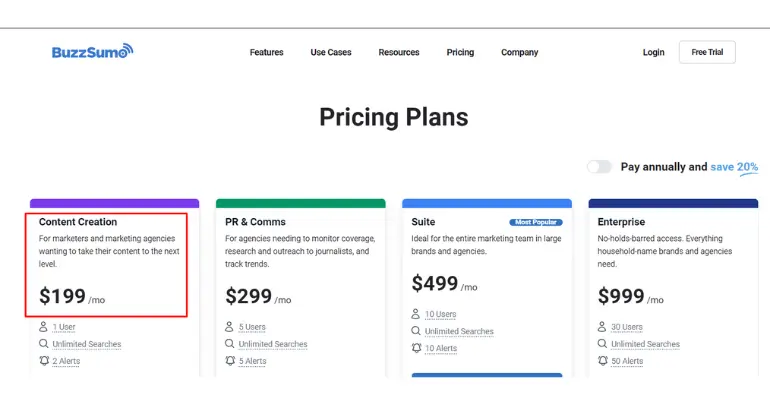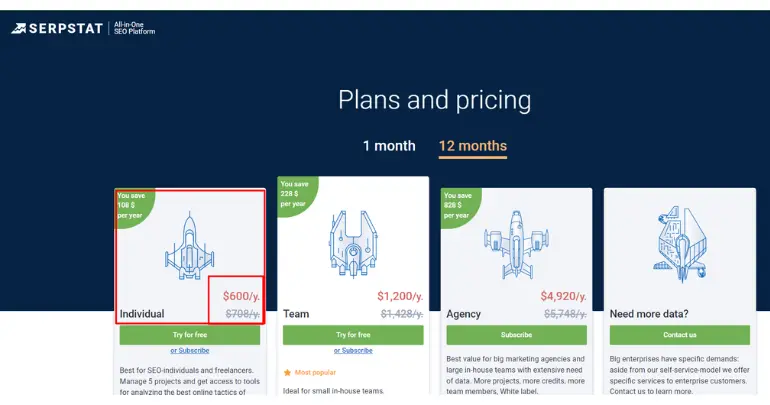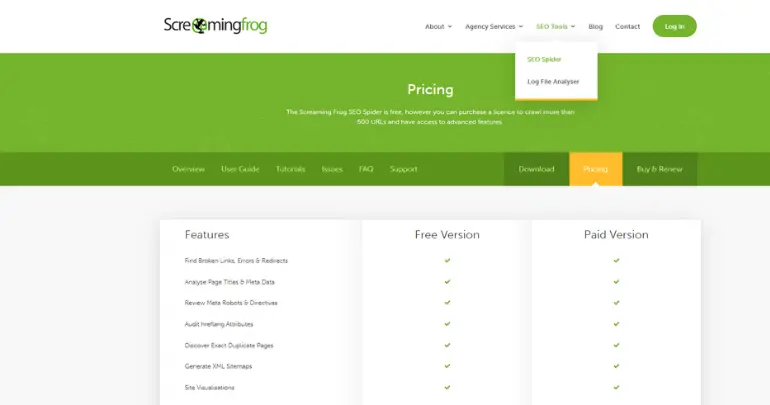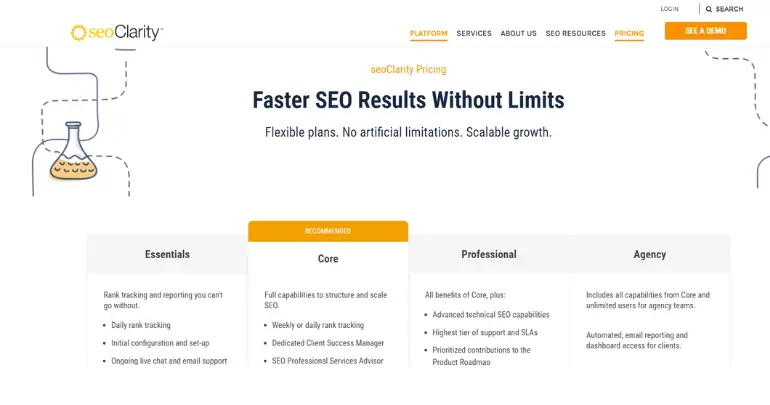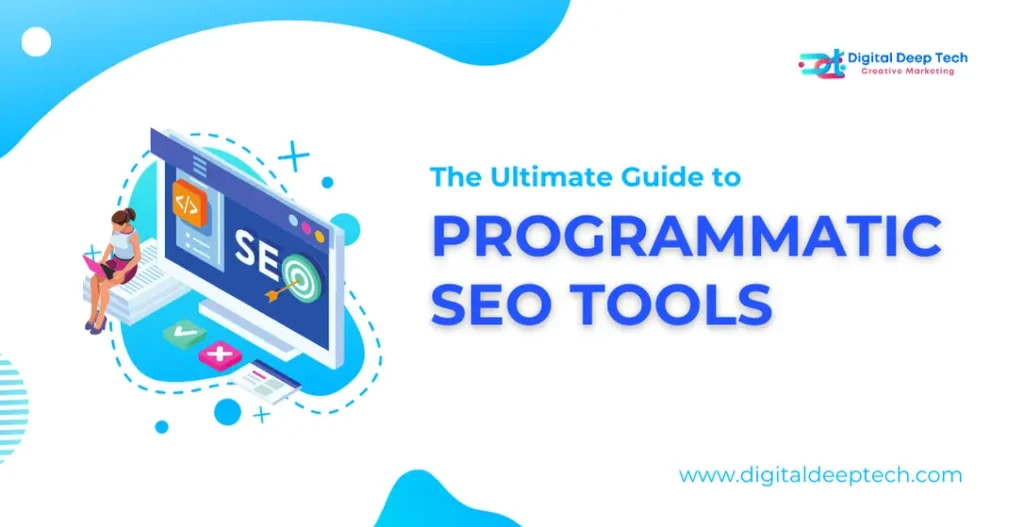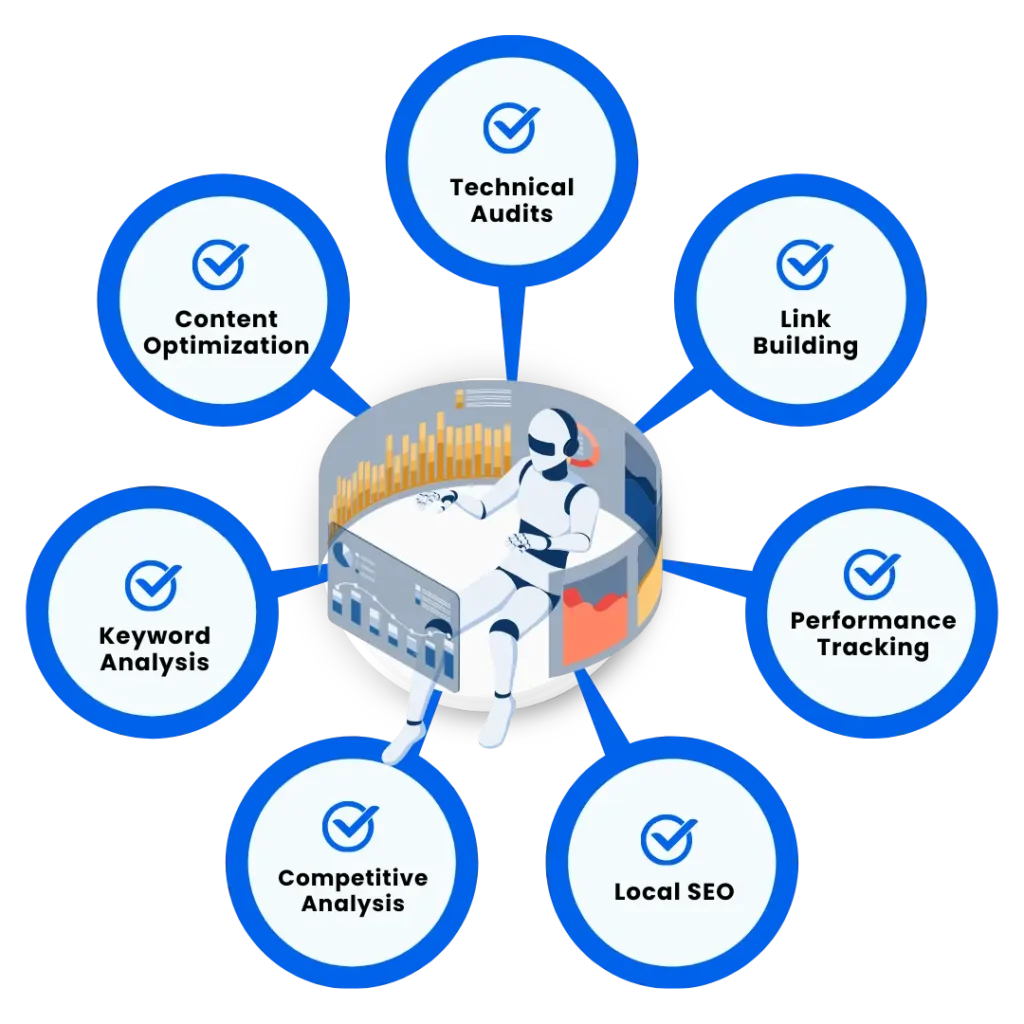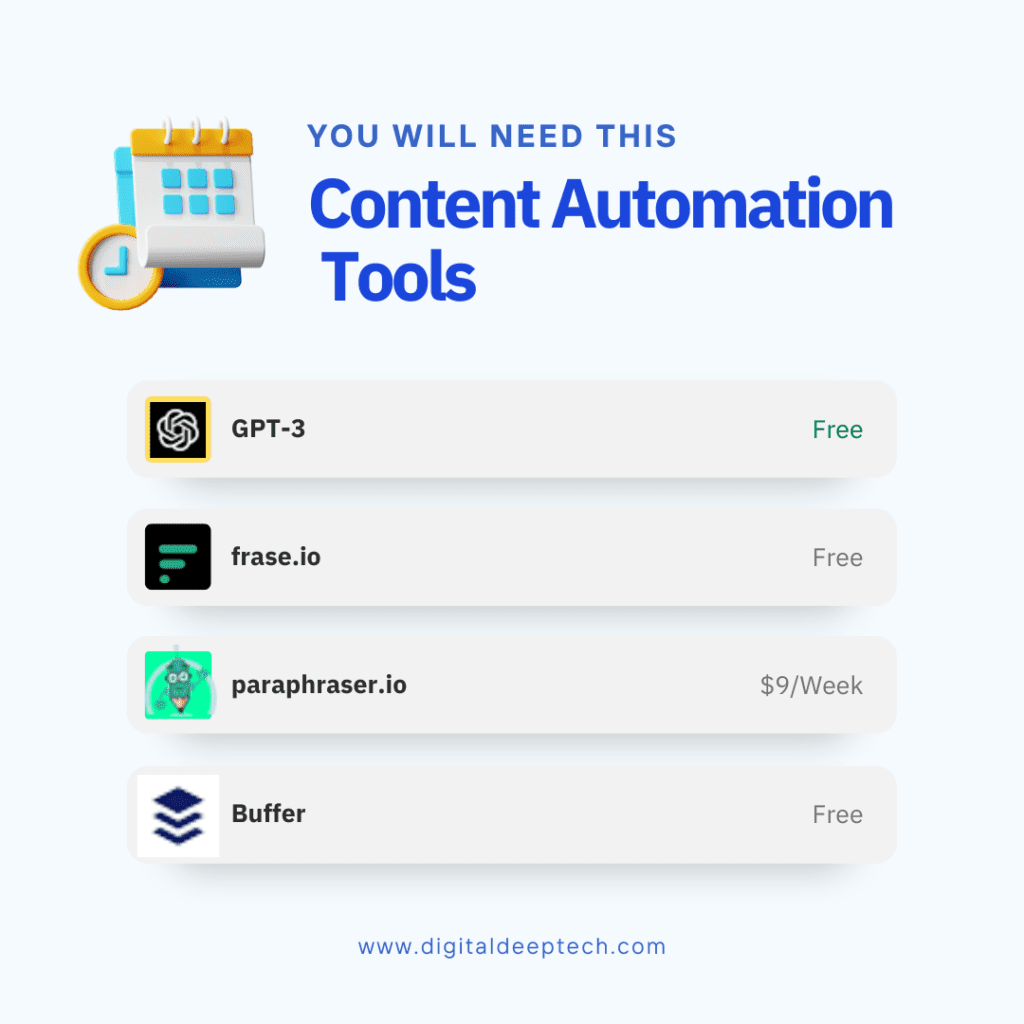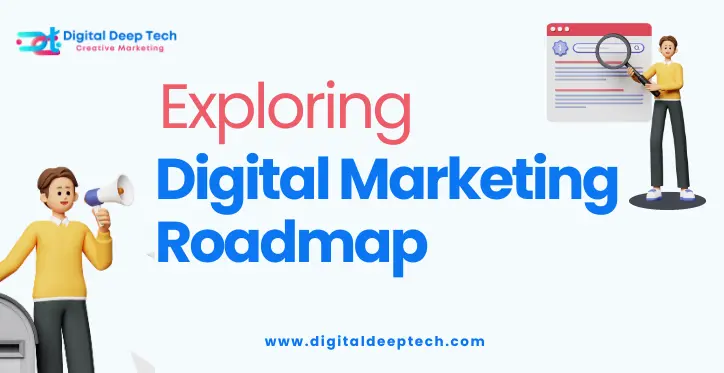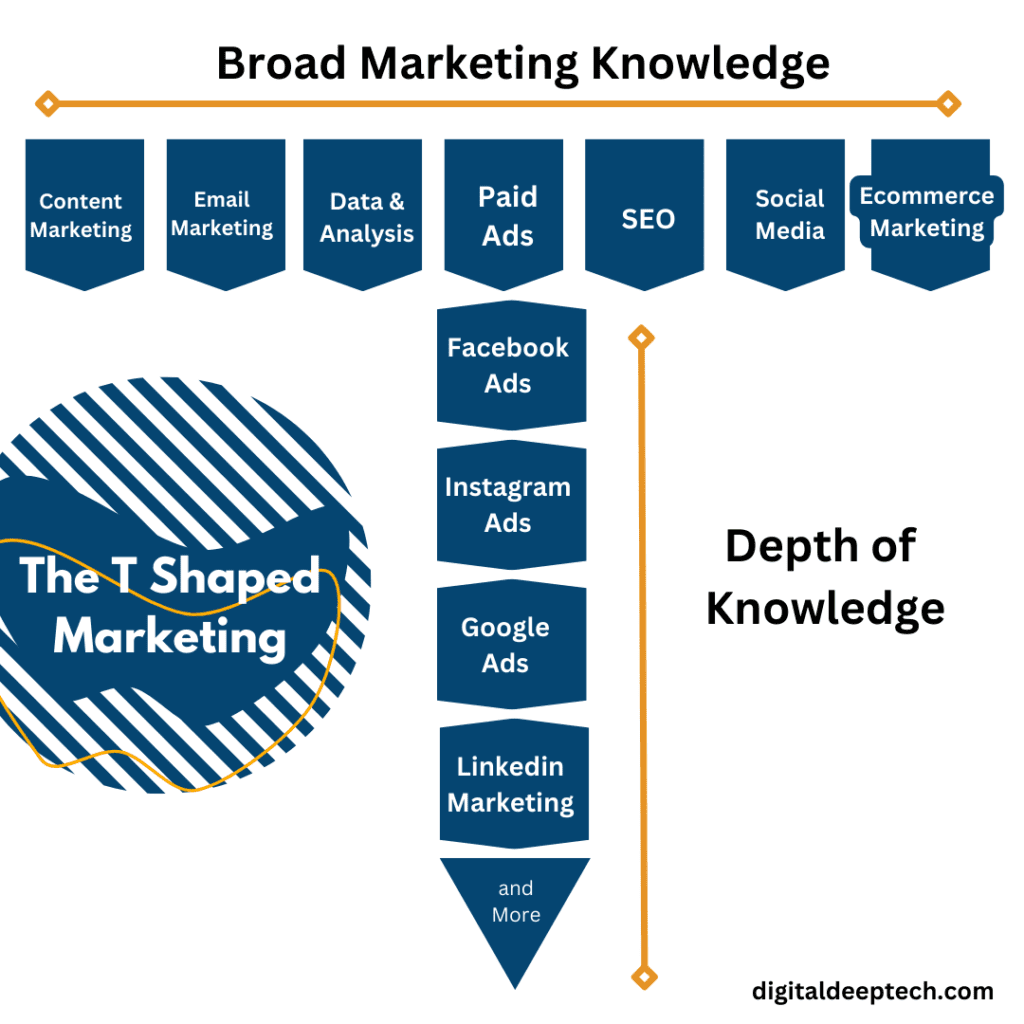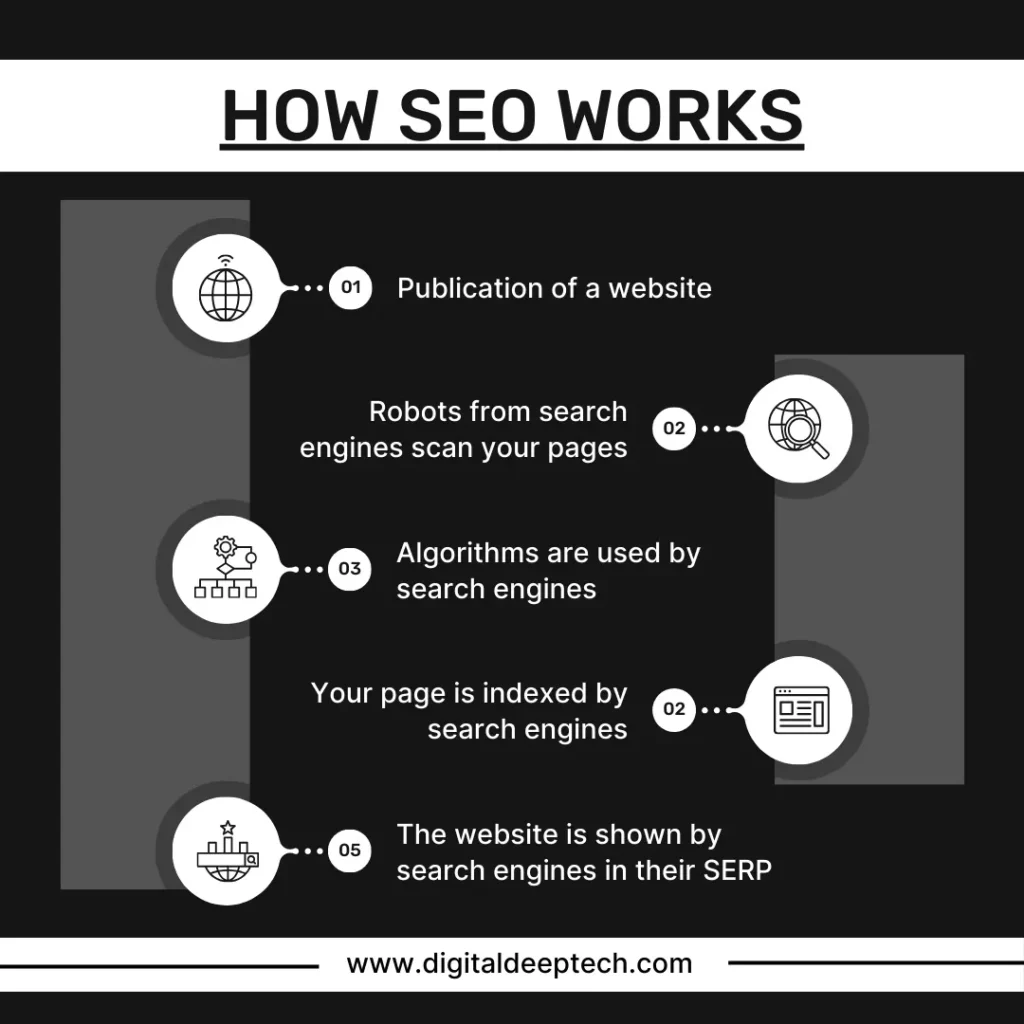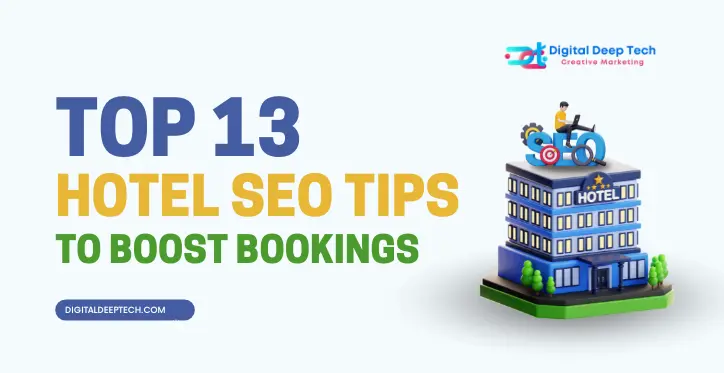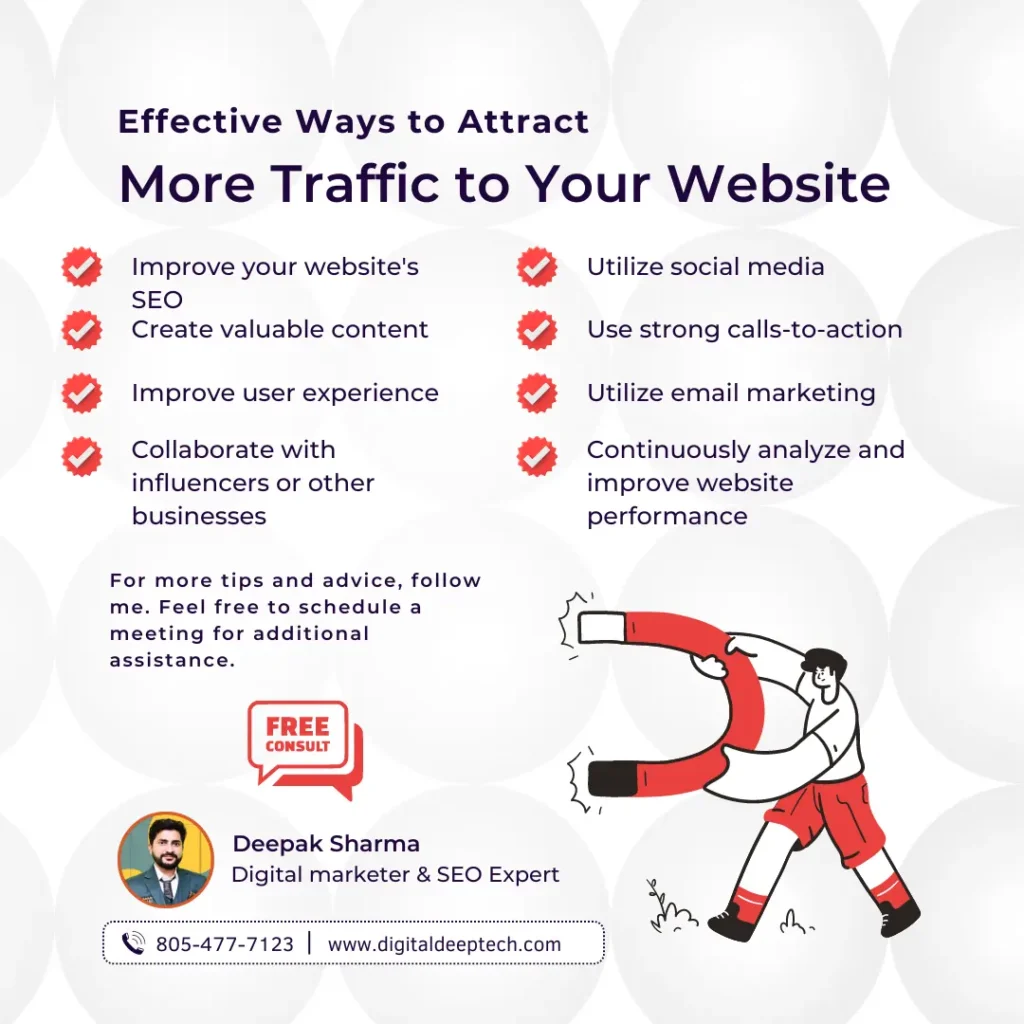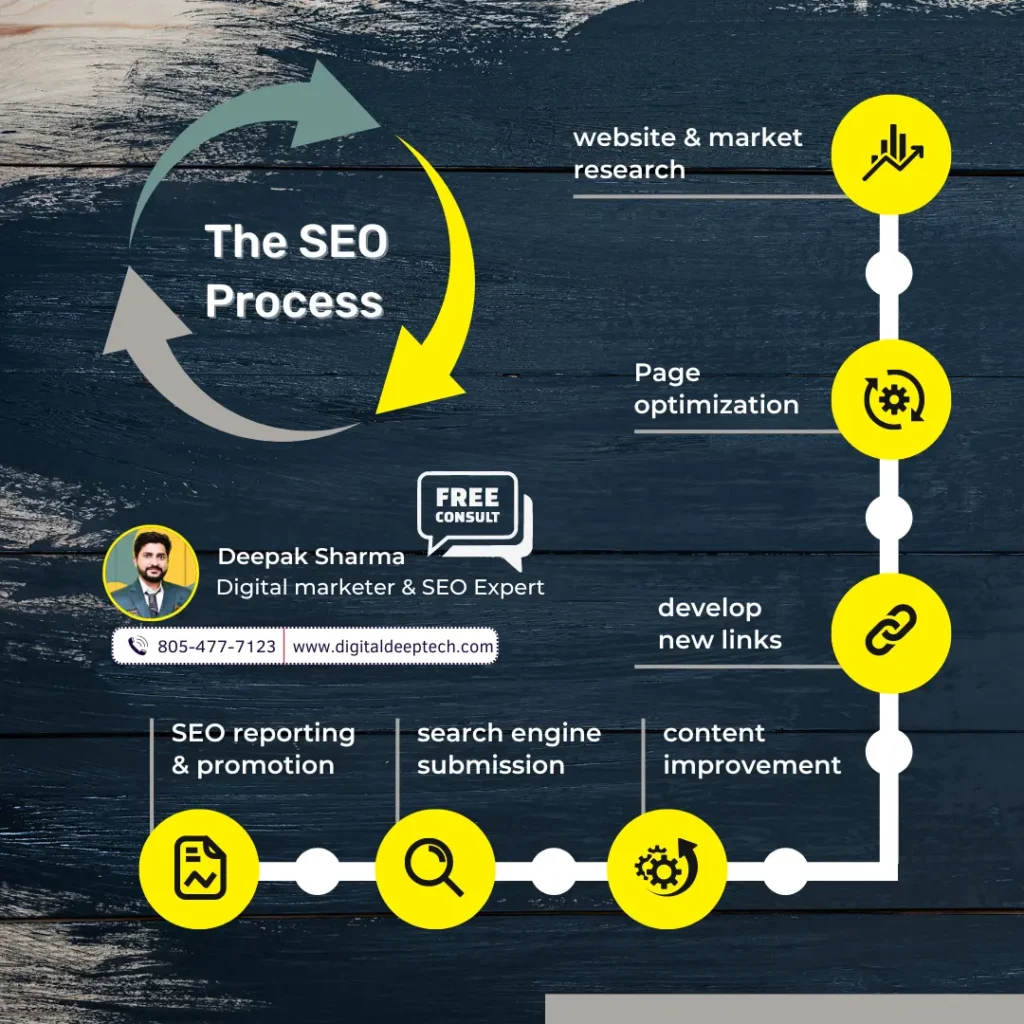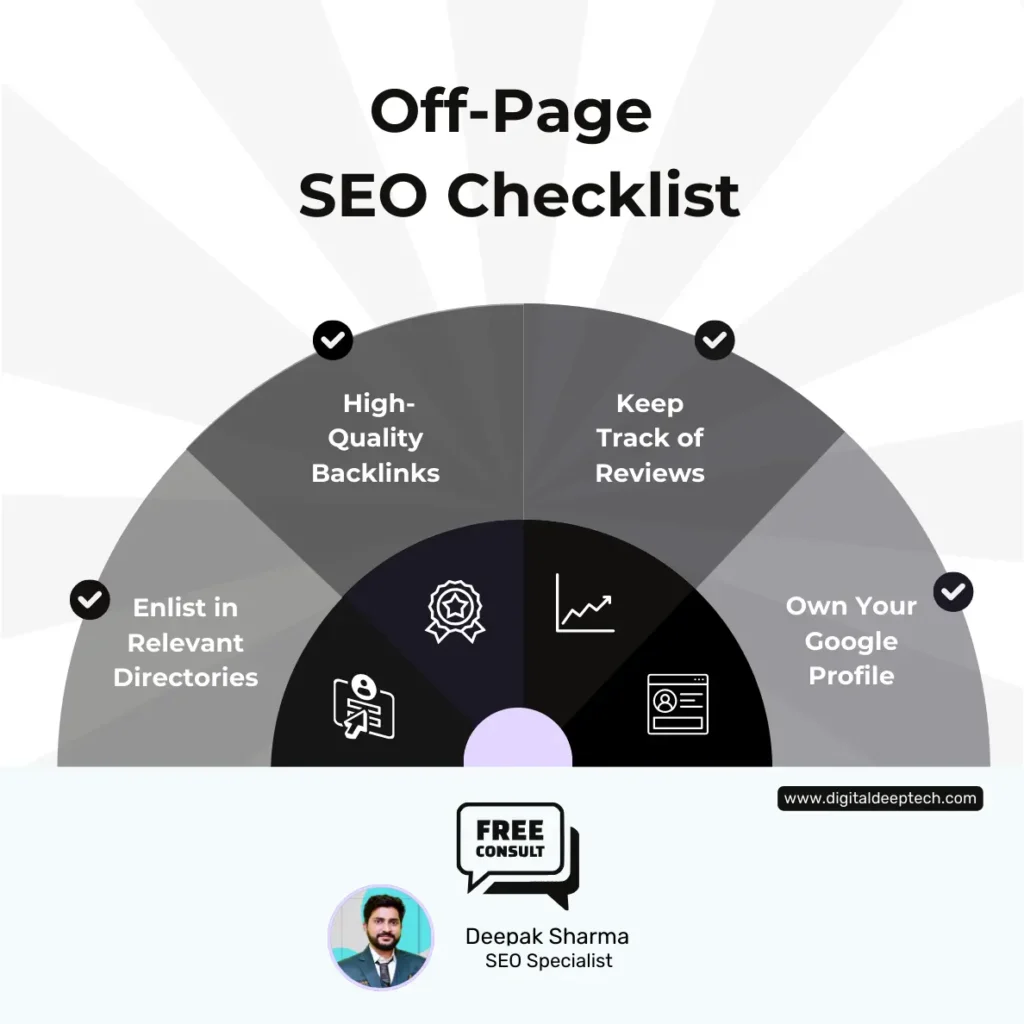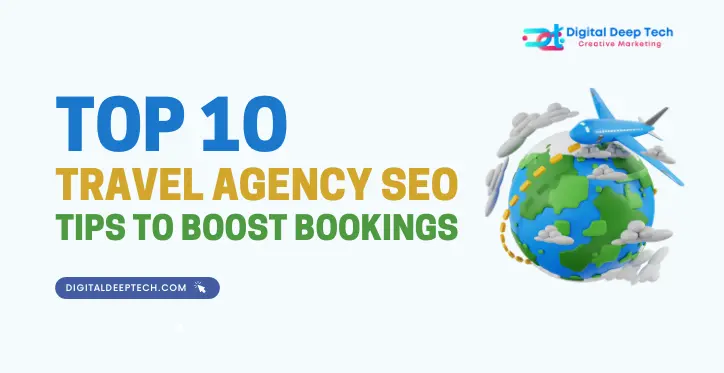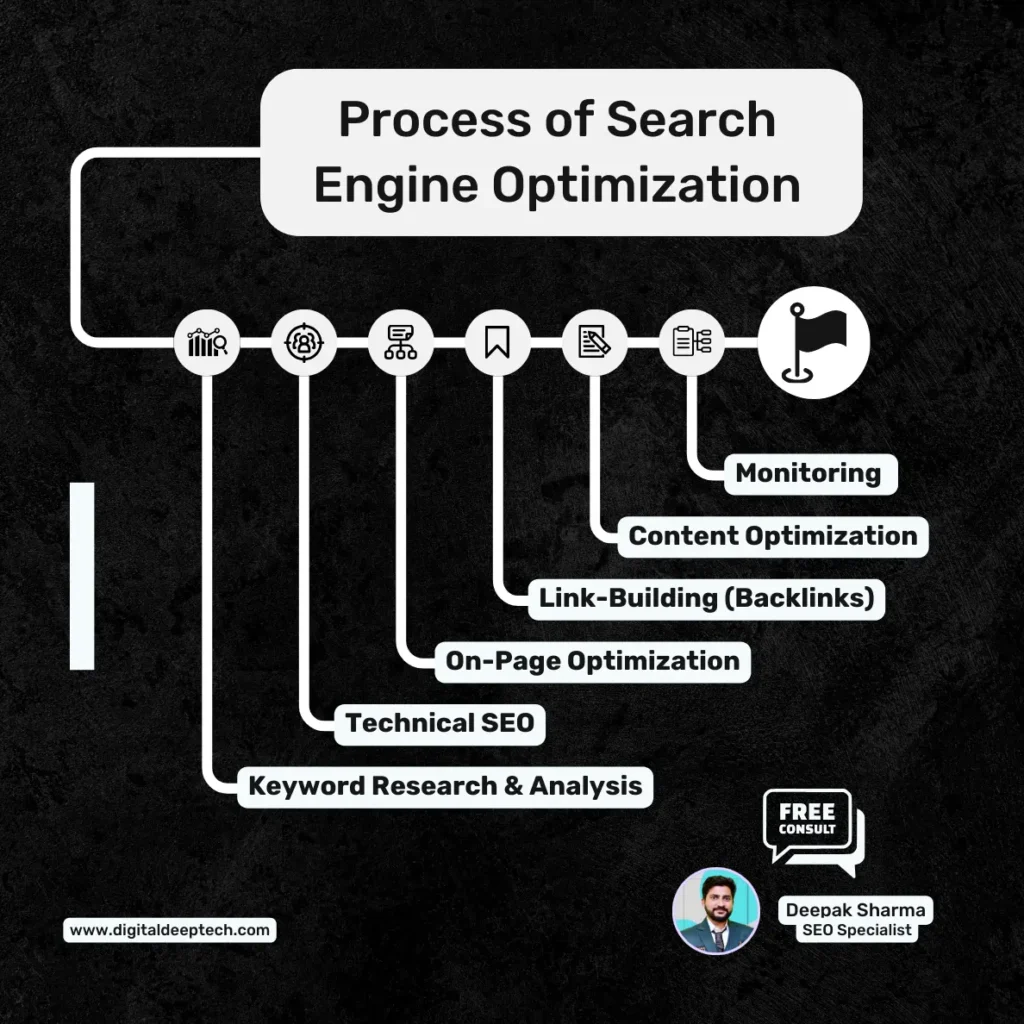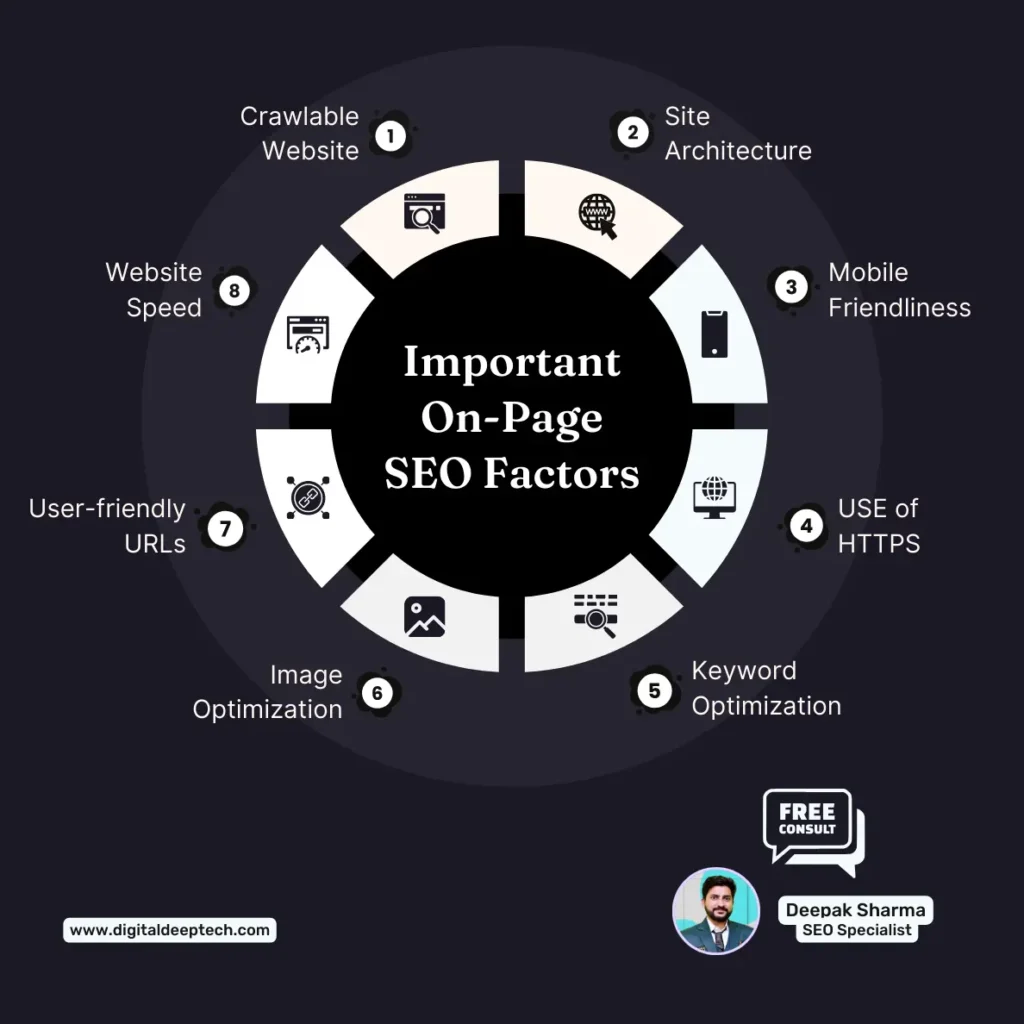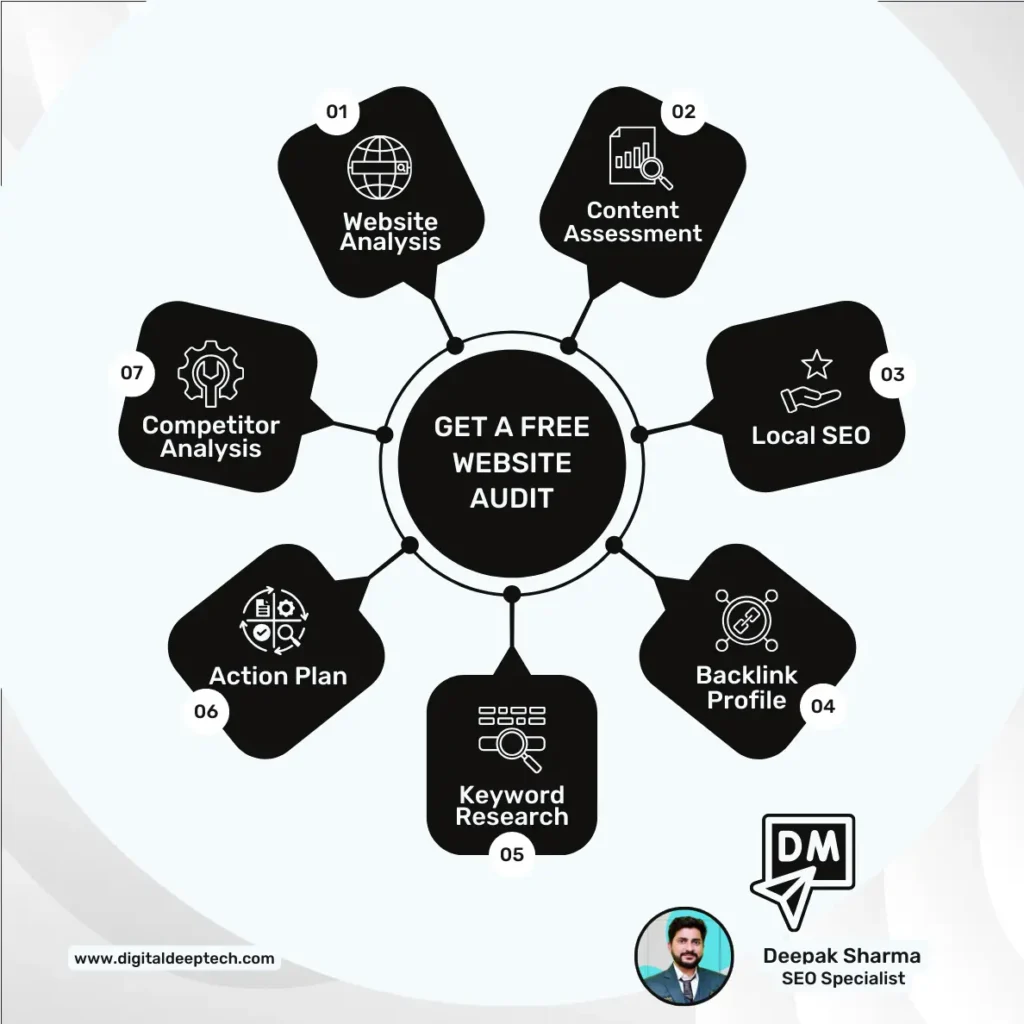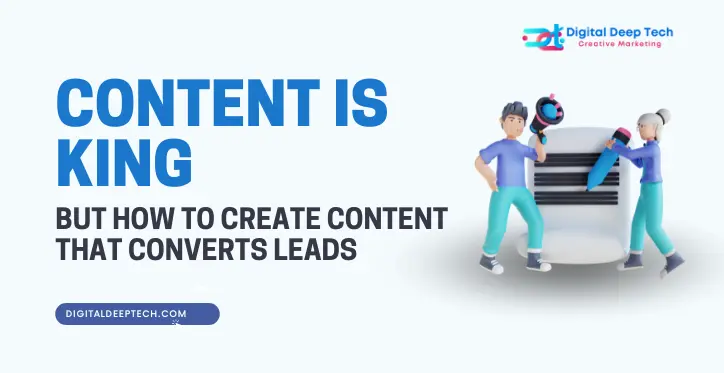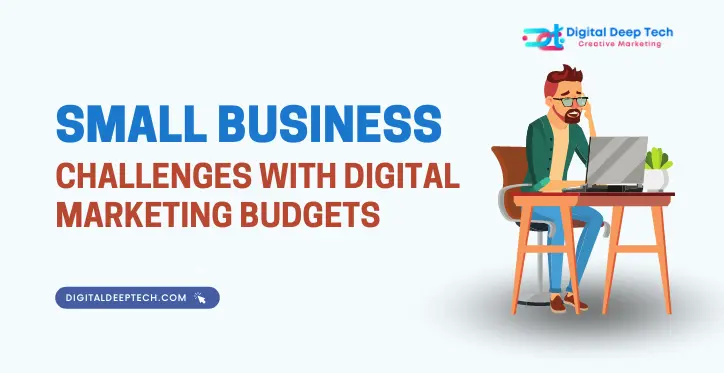5 Advantages of White Label Local SEO Services for Agencies
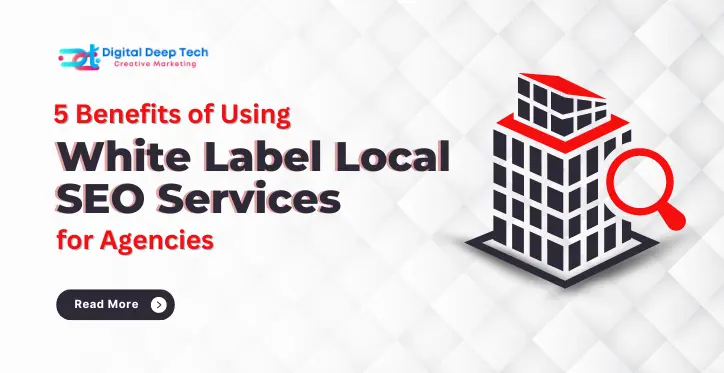
Table of the content
Introduction
Being a digital marketer and a founder of Digital Deep Tech, I have seen and worked with so many businesses and agencies trying their best to outsmart the search engines at all levels. Local SEO has become necessary to grow a business, especially for so many agencies managing numerous clients.
Most of the agencies, however, find it hard when they need to scale their SEO efforts. White label local SEO services can really make a break-through here. In this blog, I’ll walk you through the benefits of using white-label SEO services and explain why it can be a game-changer for your agency.
The Increasing Complexity of Local SEO to Agencies
Dealing with multiple clients and especially the local scenario can be daunting when dealing with SEO campaigns. Agencies face local ranking factors, strategies on unique keywords, updates to algorithms, and client expectations-delivery of tangible results. Often, agencies are contending with these in almost all cases:
- Time constraints: Local SEO campaigns involve much time and resources for multiple clients coming from different industries.
- Quality Consistency: Sometimes small and medium-sized agencies face challenges in scaling their SEO service and still maintaining the same quality consistency across the board.
- Ever-evolving knowledge base: SEO is an evolving discipline. Keeping track of everything at each step from voice search optimization to the changes in Google My Business is overwhelming.
- Expectations: Customers always expect that teams providing SEO service should be able to come up with fast, measurable results.

The Tension of Balancing Client Needs and SEO Mastery
It’s your first day on the job as an SEO manager for 15 local businesses, every one situated in a different industry. One needs hyper-local keyword targeting to a small suburban area, while another requires optimization for the Google My Business profile to make improvements on foot traffic.
Meanwhile, the search engine rolls out a new algorithm update, so you have to work over their heads to refresh strategies for each client simultaneously.
The stress will escalate with the ineffectiveness of your team in delivering results along with tackling the technicalities of local SEO. You are either overloading your in-house SEO experts or trying to bring in new hires—both processes take a long time and are expensive.
Well, one thing, as an owner of an SEO agency and doing everything rightbut here’s the thing: sometimes it is just not enough in terms of bandwidth, expertise, or resources. This is where white label local SEO services become your best secret to the world.
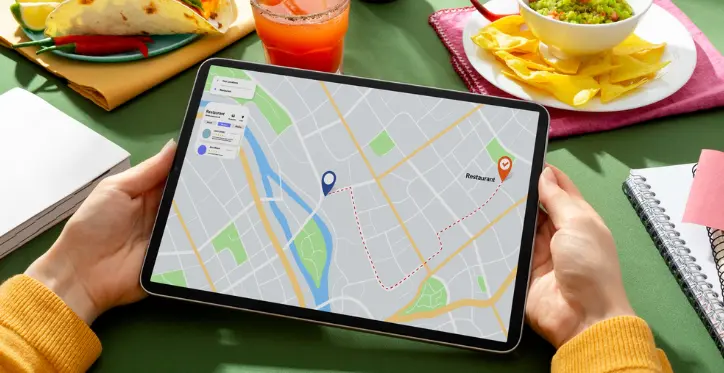
Benefits of White label local SEO Services
The next logical step for your agency when it grows is taking on more clients; however, scaling SEO campaigns requires increased resources, which can be costly and time-consuming. With white label SEO services, you can focus on growth:
- Focus on growth: With outsourcing local SEO, you can focus on what you do best: acquire new clients and foster relations, leaving the heavy-lifting work of SEO to experts.
- No need to inflate internal personnel: You don’t have to hire a bunch of in-house specialists. White label SEO companies give you access to a pool of specialists without the HR and employee training headache.
For example, one of our agency customers personally serviced more than 20 local businesses. They simply couldn’t coordinate all that extra SEO. With our white label SEO services, they gained 40% in efficiency without hiring a single more soul.
2. Access to Expertise and Advanced Tools
Local SEO is constantly changing – from Google algorithm updates, to changes in what influences local search ranking. It’s time-consuming and small teams may not have the bandwidth to track all that’s going on. White label providers who are specialized in local SEO stay one step ahead, so you get:
- Expertise at your fingertips: The white label provider will have in-house SEO experts well abreast of the local SEO strategies, trends, and algorithm changes. That way, you don’t have to incur the costs of constant training.
- Premium tools and software: Advanced and premium tools are being utilized for in-depth keyword researches, competitive analyses, as well as local SEO audits by many white label SEO agencies. You can tap into these without a penny more.
Personally, I have faced situations where I realize just how developed the local SEO tools are and how deepened our agency’s knowledge is about competition sensing and how to put together targeted campaigns that work. White label providers offer these tools as part of the package.
3. Client Satisfaction with Consistent Results
- Well, let’s be honest: It’s the results clients want. They want their business to rank higher on Google and attract more local customers, along with seeing the tangible fruits of your labor. White labeling enables you to:
- Deliver faster results: White label providers are specializing in local SEO-just exactly know how to optimize websites and profiles quickly. That has fast-tracked the process of seeing results.
- Consistency in delivery: With experts, you can be sure your clients are getting the best quality from them. Consistency in a line of business with your SEO services keeps clients happy and provides good retention rates.
From my experience, client satisfaction needs to be paramount to sustain long-term partnership. Agencies providing such white label SEO services ensure that the measured results will improve the retention and provide repeat business.

4. Save Time and Focus on Core Business Functions
With time as such a limited resource, it is easy to fritter it away with multiple clients. Consider white label SEO outsourcing so you can save those invaluable hours-jumping from minute-by-minute details of the SEO tasks like keyword research, GMB optimizations, and backlink building, which will better be aligned for other levels of strategy and client management.
- Streamline operations: SEO can be such a tedious exercise, but outsourcing happens to be a good way to streamline your operations and block those internal bottlenecks.
To illustrate this better, one of our agency partners saved up to 15 hours a week from using our small business SEO services. What this did was focus their efforts much more on client acquisition and business development, eventually bringing in a 25% increase in revenue within six months.
How White Label SEO Can Help Your Agency Right Now
Now that you understand the top benefits of white label local SEO services, high time it is for you to explore how this might play for your agency. You are in a position to scale the business and deliver better results for clients while increasing profitability, with more free time and resources.
As someone who has witnessed firsthand the ROI with white label SEO, I’m excited to suggest that you give it a try. Whether you’re a small agency looking to scale or a larger firm looking to streamline their operations, white label SEO services can make or break that difference in unlocking the next stage of growth for you.
Let's Discuss Your Project
Get a free one-month consultation and share your vision for digital marketing with us.
FAQs
1. What is white label local SEO?
This is called white labeling local SEO because you hire a third-party expert to offer the SEO services under your agency branding. That way, agencies can offer SEO services without needing to handle all of the work in-house.
2. How can white label SEO boost profitability for my agency?
You save on overheads like hiring and training personnel by outsourcing SEO work. You quote clients at a premium in order to offer them SEO services.
3. Is it safe to outsource local SEO to another provider?
So long as your white label SEO provider is a good one, the risk is pretty minimal. They get to work under your brand while maintaining quality standard consistency and unloading some of your time.
4. How long does it take before I see benefits from white label local SEO?
Outcomes vary by project complexity, but most white label SEO services experience a ranking increase by 3 to 6 months.
5. Which kind of businesses are most suited for local SEO?
Any business that has a physical location and delivers its service to a specific geographical area will do well with local SEO. Restaurants, retail stores, legal firms, and medical practices are just a few examples.
6. Can white label SEO service be customized for different clients?
White label SEO service is flexible and can be adopted to meet the needs of any of your clients.
7. What is the difference between white label SEO and traditional SEO?
While white label SEO is an outsourced service where you can offer SEO in your agency’s brand name, traditional SEO can be managed in-house.
8. What is used to provide white label local SEO services?
White label providers use a variety of tools, including keyword research software, local citation management platforms, and reporting dashboards that help monitor the progress.
9. Do I need to provide ongoing support to clients with white label SEO?
Most white label SEO providers are in charge of the optimization as well as reporting. This means you’ll be able to spend more time doing the communication and strategy with your client.
10. How would I make sure that the white label SEO services quality is up to my mark?
You require a proven track record of a white label provider that uses reporting in transparent manners ensuring that performance metrics always be available for you that assure that the services would meet the expectations of your clients.

About the Author
Deepak Sharma is the founder of Digital Deep Tech and a renowned SEO and digital marketing expert with over a decade of experience. Passionate about helping businesses enhance their online presence, Deepak specializes in creating SEO strategies that drive traffic and generate leads.
5 Advantages of White Label Local SEO Services for Agencies Read More »

